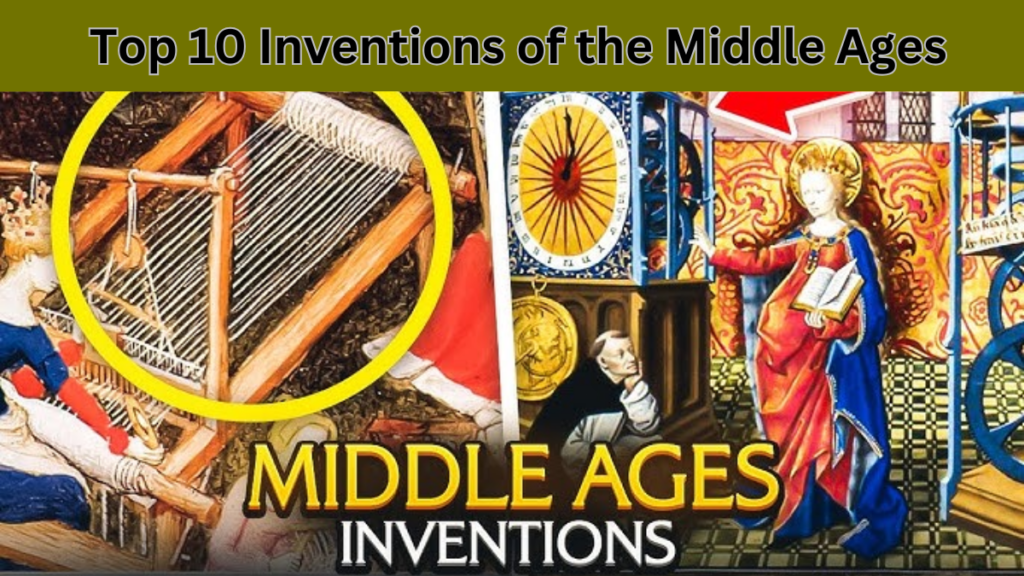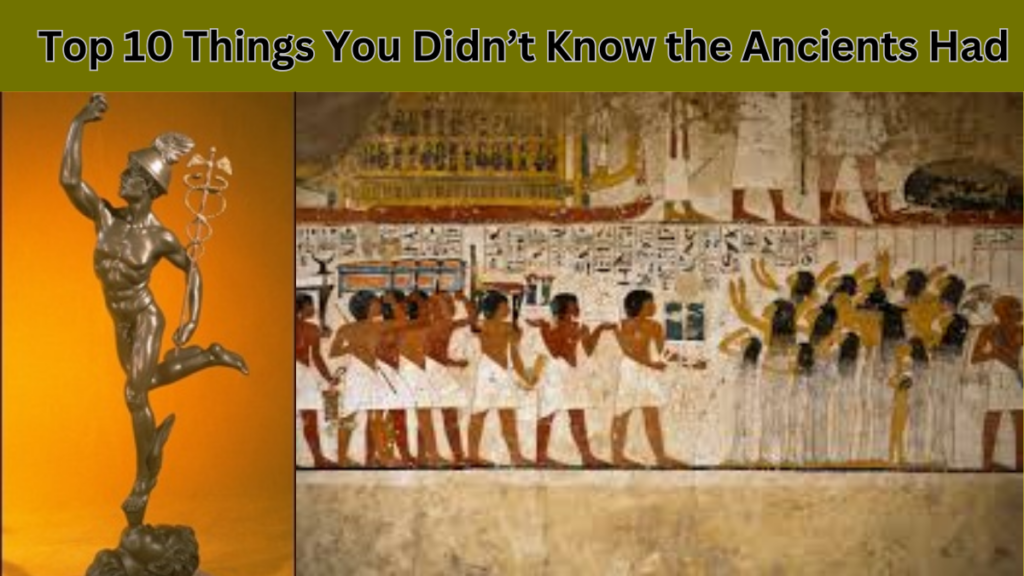Top 10 Assassins in History

Discover the top 10 assassins in history, from John Wilkes Booth’s assassination of Abraham Lincoln to Marcus Julius Brutus’s betrayal of Julius Caesar. Explore these pivotal moments that shaped world events.
Marcus Julius Brutus (c. 85–42 BC)
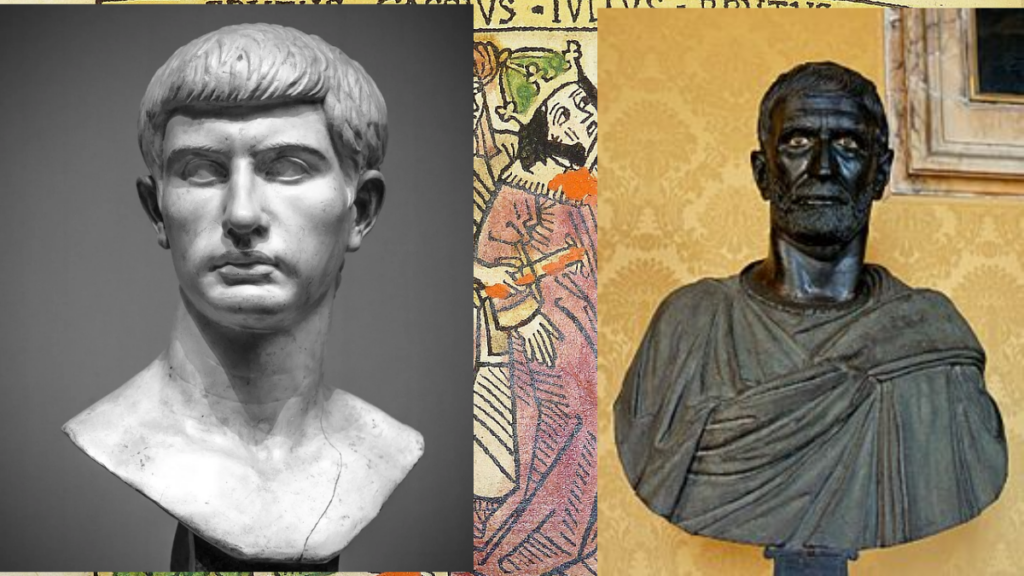
Marcus Julius Brutus, along with up to sixty conspirators, assassinated Julius Caesar on March 15, 44 BC, known as the Ides of March. Brutus, a senator and Caesar’s friend, was driven by fears that Caesar’s power would eliminate the Senate. Caesar’s reputed final words, “Kai su teknon” (meaning “And you, my child”), underscored the betrayal he felt from Brutus
Andrei Lugovoi (Born 1966)
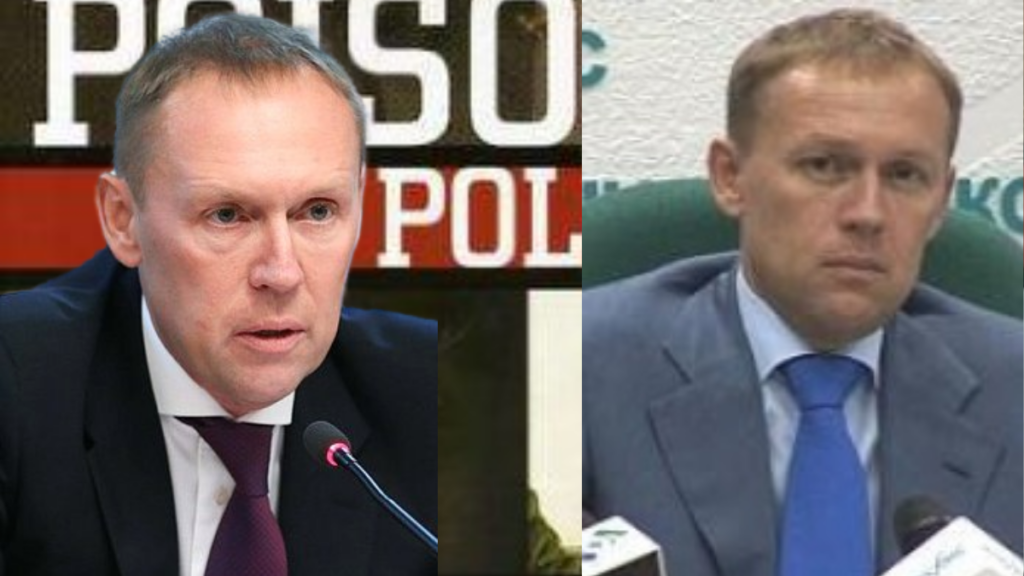
Andrei Lugovoi is suspected of poisoning Alexander Litvinenko with polonium-210 on November 1, 2006. Litvinenko, a former Russian FSB agent and critic of the Putin administration, became the first known victim of radiation poisoning. The assassination, often referred to as the first “nuclear assassination,” highlighted tensions between Russia and the West.
Lee Harvey Oswald (1939–1963)
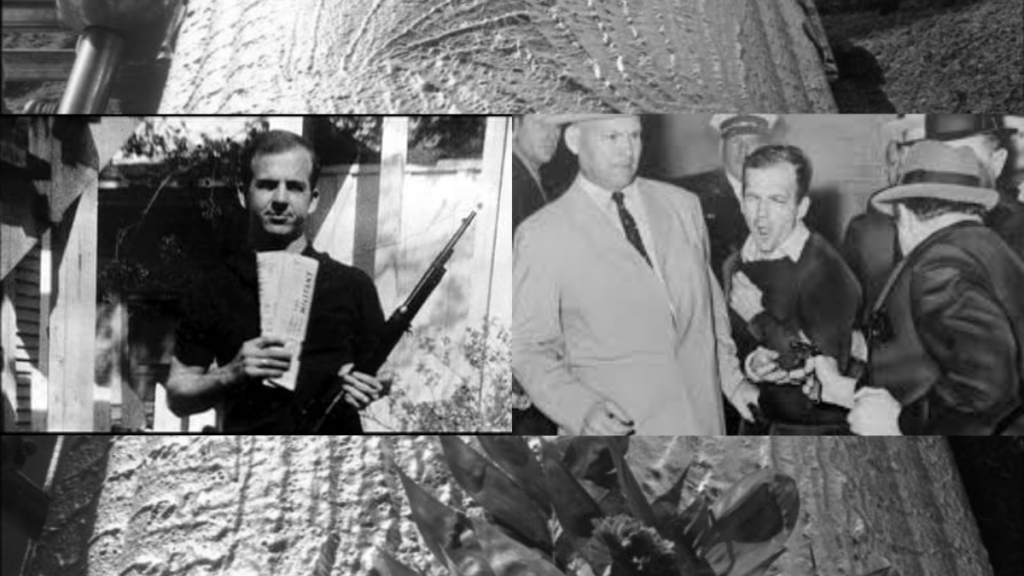
Lee Harvey Oswald is infamous for the assassination of President John F. Kennedy on November 22, 1963, in Dallas, Texas. Oswald, a former Marine and avowed Marxist, shot Kennedy from the Texas Schoolbook Depository using a Mannlicher-Carcano rifle. The assassination remains one of the most debated and controversial events in modern history.
Felix Yusupov (1887–1967)
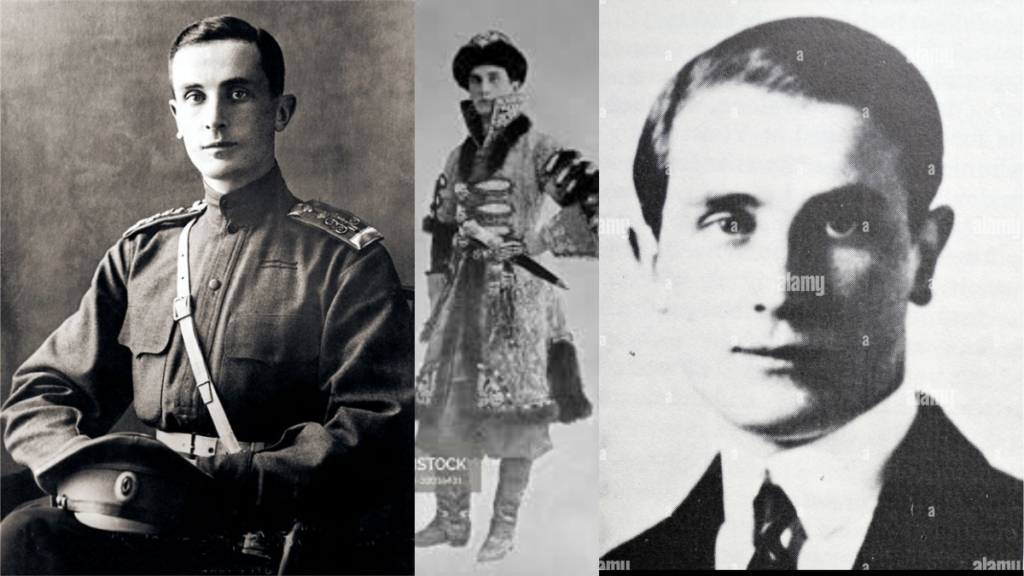
Felix Yusupov, along with other conspirators, assassinated Grigori Rasputin on December 16, 1916. Rasputin, a controversial figure close to Tsar Nicholas II, was poisoned, shot, and ultimately drowned in the Neva River. Rasputin’s survival of initial poison attempts and his struggle before dying contributed to the bizarre nature of his assassination.
Nathuram Godse (1910–1949)
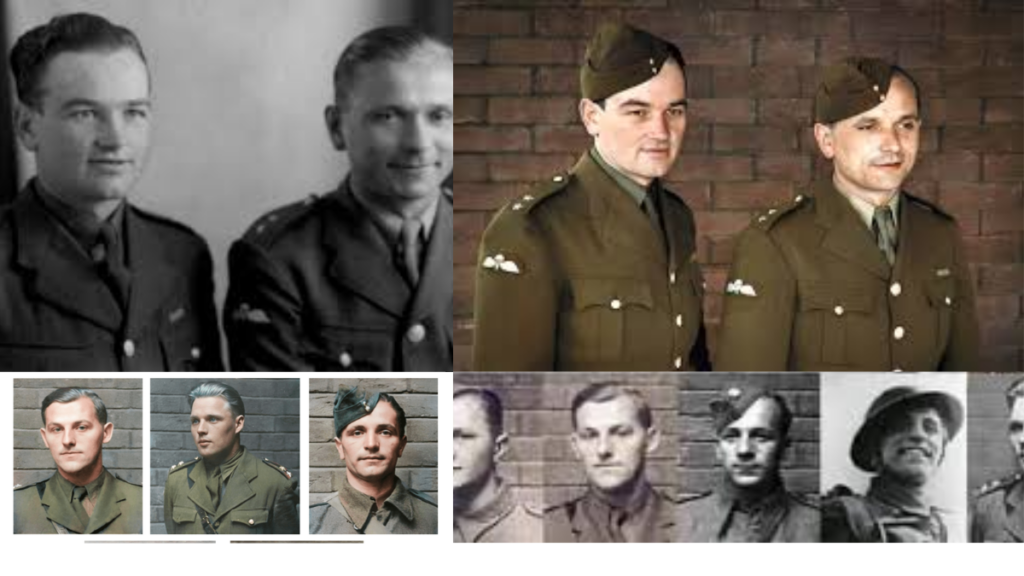
Nathuram Godse assassinated Mahatma Gandhi on January 30, 1948. A member of the Hindu Mahasabha, Godse opposed Gandhi’s support for the Partition of India and his efforts to appease Muslims. Godse shot Gandhi three times with a Beretta semi-automatic pistol during Gandhi’s evening walk at the Birla House in New Delhi.
Charlotte Corday (1768–1793)
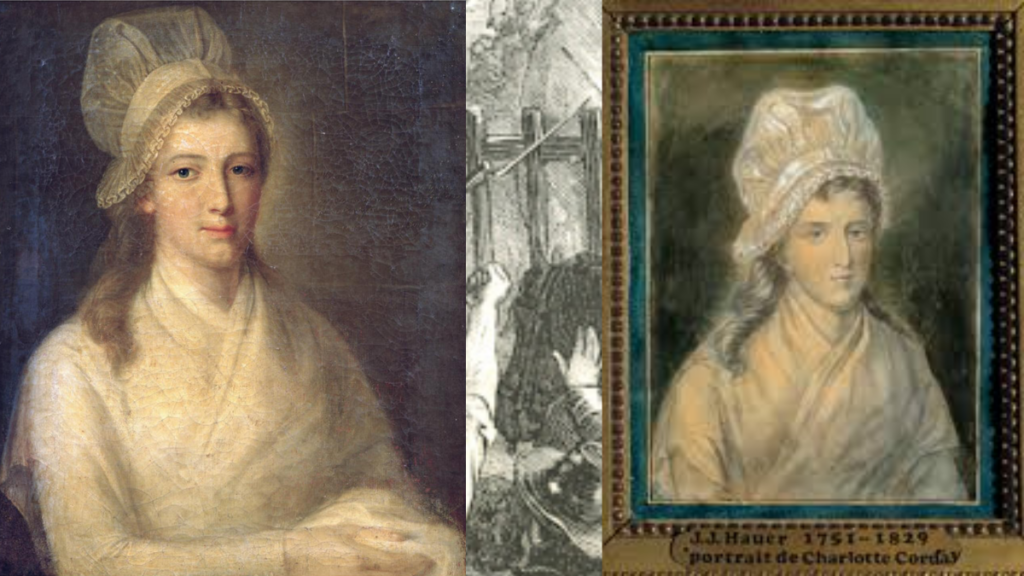
On July 13, 1793, Charlotte Corday assassinated Jean-Paul Marat, a prominent revolutionary figure during the French Revolution. Marat, who suffered from a skin disease and conducted much of his business from a bathtub, was stabbed by Corday, a Girondist sympathizer. Despite being hailed as a heroine by some later on, Corday was initially reviled for her actions.
Jan Kubiš and Jozef Gabčík (1913–1947; 1912–1947)
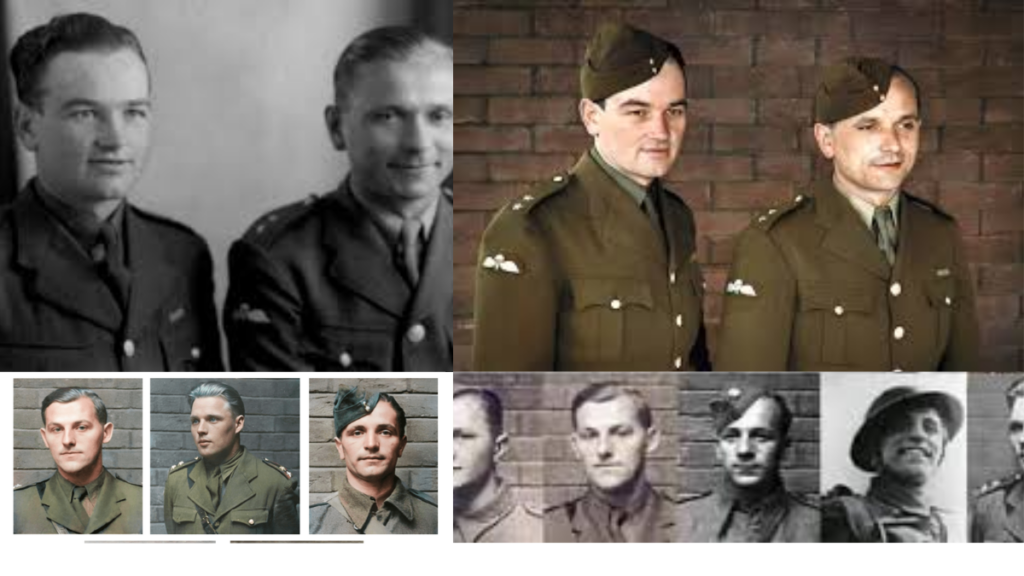
Czechoslovakian soldiers Jan Kubiš and Jozef Gabčík were tasked with assassinating Reinhard Heydrich, the “Butcher of Prague,” on May 27, 1942. Heydrich, a key figure in the Nazi regime, was ambushed in Prague by Kubiš and Gabčík. Although Gabčík’s gun jammed, Kubiš successfully threw a modified anti-tank grenade at Heydrich’s car, wounding him fatally. Heydrich succumbed to his injuries from septicemia, making this the only successful Allied assassination of a high-ranking Nazi official during WWII.
Gavrilo Princip (1894–1918)
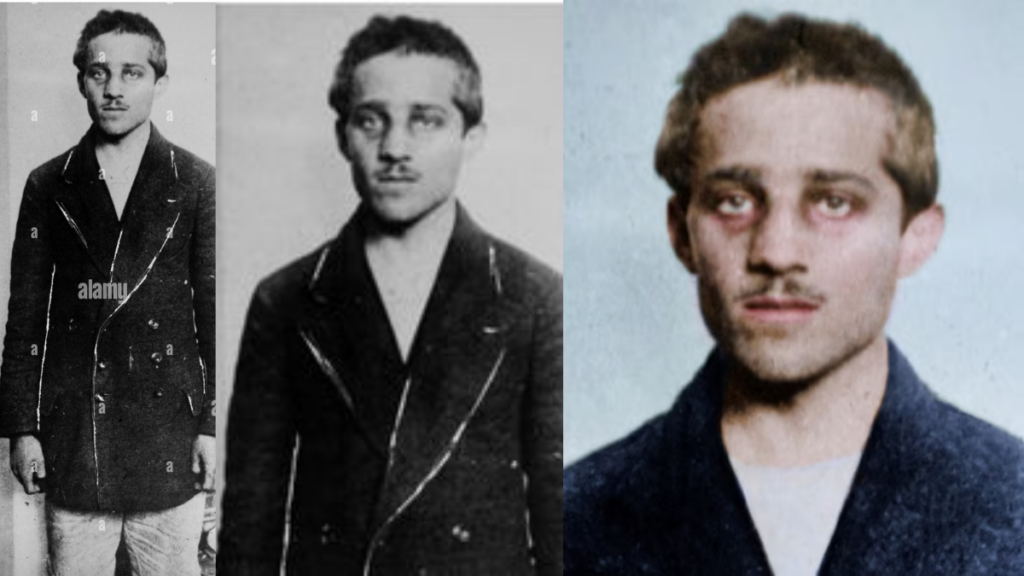
Gavrilo Princip’s assassination of Archduke Franz Ferdinand of Austria on June 28, 1914, is often cited as the catalyst for World War I. Princip, a member of the Black Hand secret society, used a 7.65 x 17 mm Fabrique Nationale semi-automatic pistol to kill Ferdinand and his wife, Sophie, in Sarajevo. The event sparked a series of alliances and conflicts that would lead to the Great War.
Balthasar Gérard
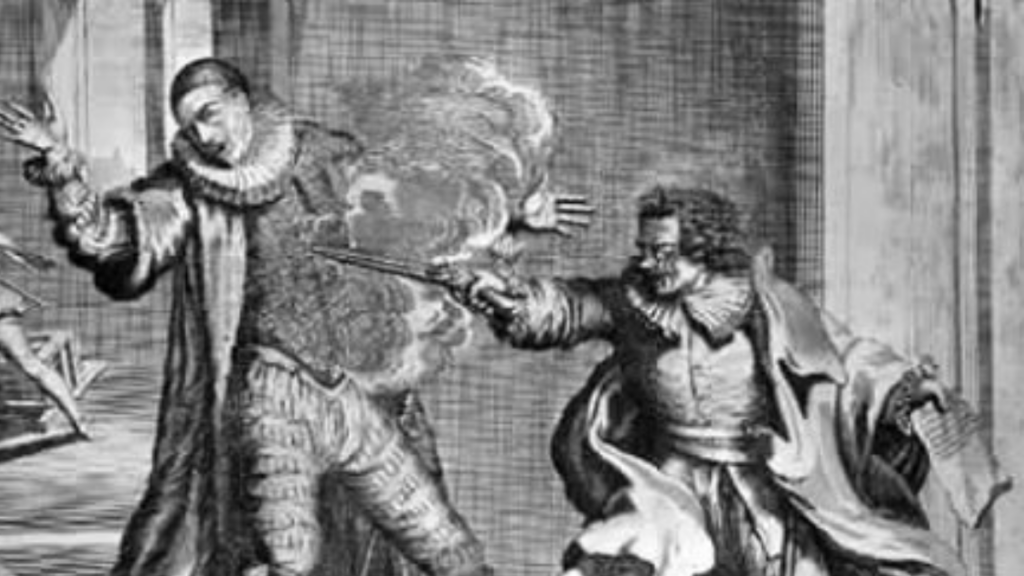
Assassinated Prince William I of Orange, a key figure in the Dutch revolt against Spanish rule, on July 10, 1584. Gérard, a Catholic Frenchman loyal to King Philip II of Spain, shot William at close range in Delft. This assassination was one of the first recorded instances of a world leader being killed with a handgun, marking a significant moment in the Eighty Years’ War for Dutch independence.
John Wilkes Booth (1838–1865)
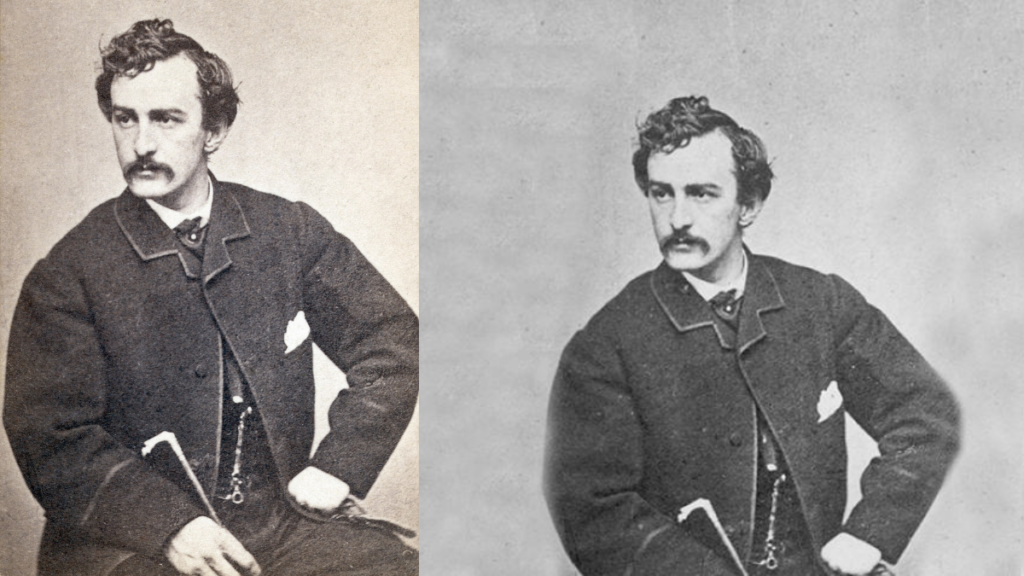
John Wilkes Booth, a Confederate sympathizer and actor, assassinated President Abraham Lincoln on April 14, 1865, at Ford’s Theatre in Washington, D.C. Booth, who sought to disrupt the Union government, targeted Lincoln with a single-shot .44 caliber Deringer, shooting him in the back of the head. The assassination was part of a larger plot to kill Lincoln, Vice President Andrew Johnson, and Secretary of State William Seward. Lincoln was the first U.S. president to be assassinated, a tragic milestone that has since included Garfield, McKinley, and Kennedy.
